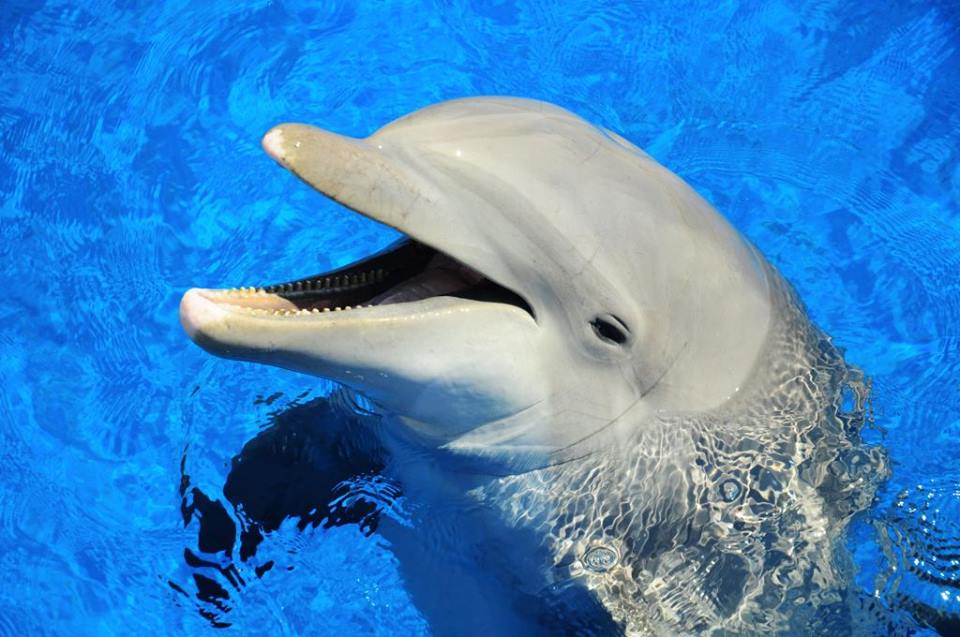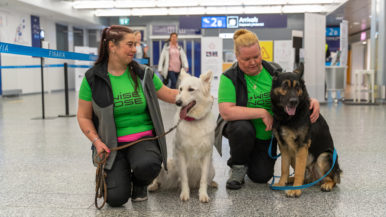September marks the beginning of a perilous journey for baby turtles as they must begin trekking towards wetlands where they can spend their winters.
The greatest obstacle for these miniature dinosaurs along the way is our roads.
Less than 1% of all baby turtles will reach adulthood because of dangerous roadways and other threats such as habitat loss. As a result, all of Ontario’s turtles are listed as being at-risk.
Turtle hatchlings are very small – ranging from the size of a nickel to a toonie – which makes them particularly challenging for drivers to see. Research shows that drivers are more likely to see turtle hatchlings on roadways if they slow down or have a dedicated turtle spotter in the front passenger seat.
We are encouraging people to slow down to watch for these hatchlings, particularly when the road is near a wetland or other waterbody” says Smera Sukumar, Ontario Nature’s Conservation Projects Coordinator. “We anticipate that hatchlings will be travelling across roads throughout September and October, so keep alert to help their chances of survival.:”
If you do stop to help a turtle on the road your safety and the safety of other drivers is paramount. And always remember to move the turtle in the direction it is heading. If you find an injured turtle, please contact the Ontario Turtle Conservation Centre at 705-741-5000.
“Everyone can make an impact by submitting their turtle sightings to projects like iNaturalist. This data is very important to help reduce turtles dying on the road. For example, Bruce Peninsula National Park is using this data to select locations for eco-passages allowing turtles safe passage across roads,” says Sukumar.




